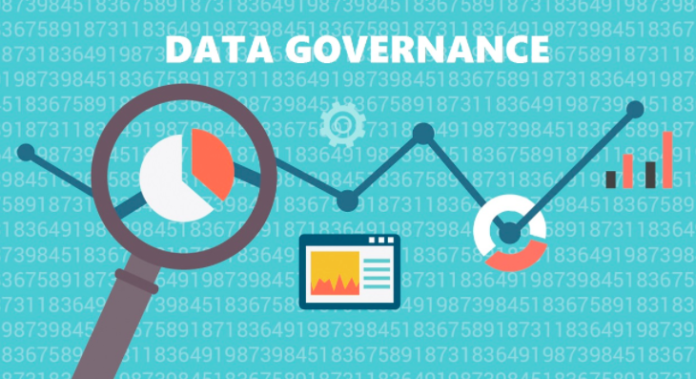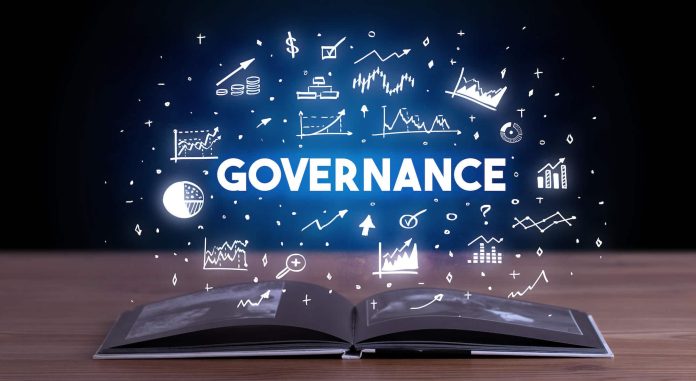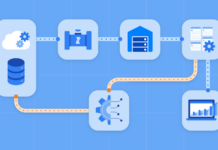Data governance is more than just the process of ensuring data are secure and properly controlled; it’s about ensuring they are compliant with existing legislation and regulations.
A data governance program involves a series of processes and activities designed to protect against loss or misuse of data, ensure its integrity, and help to make it easily available when required.
As data continues to be at the center of so many businesses, from social media to banking to government to healthcare, organizations are increasingly concerned about data security. Because data is so important, it is imperative that organizations are concerned about its security. The reason is that data can be easily stolen, altered or deleted. Therefore, if you store confidential information, you must make sure that this information cannot be accessed by anyone. This is possible if you use the latest encryption technologies. In order to protect data, it is important to use an encryption software program.
When it comes to data governance, there are many different definitions and approaches to implementing a robust strategy, but none of them really agree on what it means. In fact, some believe that the term is being used in ways that are very different from others. This report will provide a clear definition of what it is, and why it is so important for companies.
What is data governance?

When you are considering data governance, you’ll likely think of compliance, regulation, risk mitigation, and so on. However, the best place to start is to define data governance, and how it applies to the organization. As defined by Wikipedia, data governance is: “the management of the flow of data across an enterprise to protect its integrity, to maintain its availability for business operations, and to protect its confidentiality and privacy”.
Data governance can also be defined as “an organizational approach to managing data”. The fundamental goals are to: define the boundaries, protect data integrity, support data quality, and establish and enforce policies.
According to Delphix, there are four areas that make up the four core pillars of a data governance program: policy, architecture, technology, and human. Policy is the umbrella that covers everything else. It provides the overall rules and expectations, which then drive the other three core pillars.
Many organizations have realized the importance of data governance and are now implementing it across their organization in the form of a Data Management Policy. But many organizations still struggle with what exactly data governance is and how to successfully implement it.
In today’s world, we are surrounded by information technology. We store data everywhere, and we use it to communicate with each other. Data storage is very important because we need to ensure that data stays secure. As more data becomes stored online, it makes people vulnerable to threats and risks. Cybercriminals can easily access our private information and use it to steal our identity. For instance, they can take over our bank accounts and drain our funds. They can also commit fraud and other crimes. There are many types of threats, and if we don’t take precautions, cybercriminals will get away with our information. The most common way for them to steal our information is through social engineering attacks. Social engineers can trick us into clicking on malicious links and opening attachments with malware. Another way that cybercriminals get our information is through phishing attacks. Phishing attacks are similar to social engineering attacks. They can trick us into downloading viruses and infecting our computers. In addition, cybercriminals can use malware to spy on us. Malware can intercept our data or record our activities. Malware can steal passwords, credit card numbers, and even financial information. Even when we think that our personal information is safe, cybercriminals can still use that information to steal money. They can also use our personal information to impersonate us or cause us harm.
Data governance is a framework for ensuring that the right people have access to the right information at the right times. In other words, it allows you to control who can access which types of information, and at what times. This isn’t just a concern for companies that need to comply with the regulations around HIPPA (Health Insurance Portability and Accountability Act), but also any company dealing with sensitive customer information. Data governance can help reduce risk, improve data quality, and even save money through better decision making.
An overview of the potential risks of data governance

These are the different risks you need to consider as you build out a digital strategy. These risks can include a company not being ready for the regulatory environment it’s operating in. They can also include regulatory compliance, legal risk, and reputation risk. To mitigate these risks, you should focus on creating a data governance framework that sets out what types of data your business is collecting, why you’re collecting it, and who has access to it. The data governance framework should also define the processes you have in place for identifying and remedying security incidents and privacy breaches.
Today, there’s a lot of data everywhere and the lines between data security and data privacy are getting blurrier. This means that organizations are increasingly responsible for handling sensitive data and trying to keep it safe and secure. There are many ways that data could be mishandled, and it can happen for a number of reasons, including human error and miscommunication.
It’s important for organizations to use data in the right ways and handle it in a secure way. It is a great idea to ask questions about the data you are using and where it is going. For example, you may ask yourself how long you will store it, what kind of information it will contain, and if you can share it with someone else. If you’re storing sensitive data, then you need to make sure that you keep it safe. Don’t store it in an insecure location such as a coffee shop, public library, or the Internet.This is because those locations aren’t secure enough.

In conclusion, we’ve seen that data governance is essential for any organization of any size. It helps ensure the data is protected, reliable, and secure. It prevents data from being copied, stolen, or manipulated. It provides a single version of the truth, so you can’t be held accountable for bad data. And it allows you to share the data with anyone who needs to see it. These are important reasons why you should start implementing data governance procedures and processes into your company.









